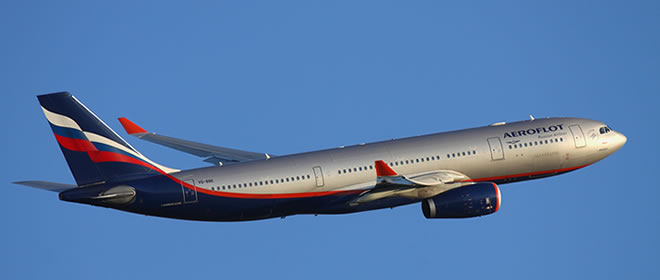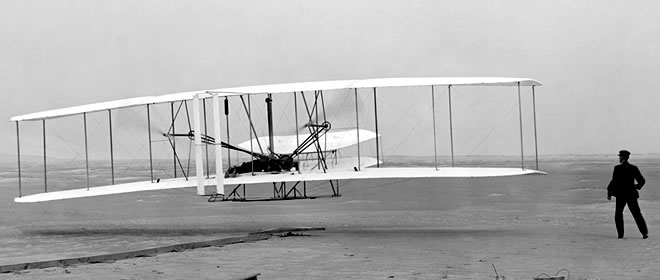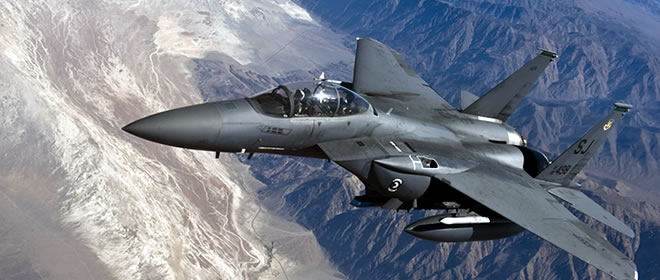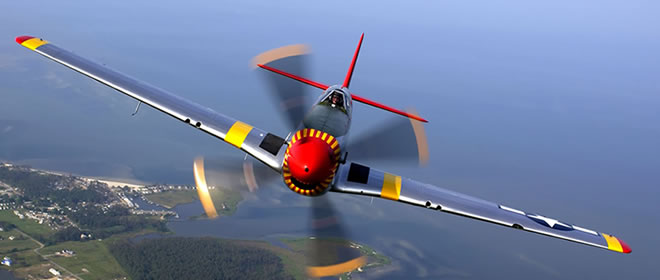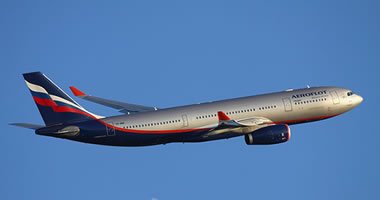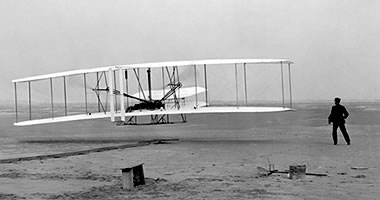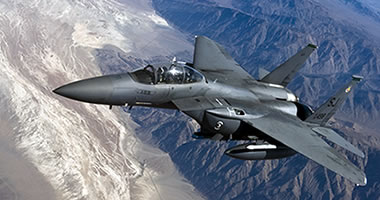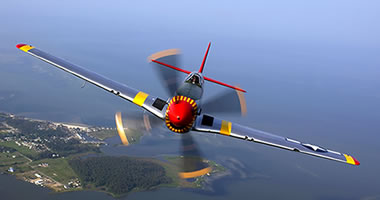Snowdon Heights
SNOWDON HEIGHTS: Temporary Landing Ground (Aka CHARD)
On the 30th May 1912, quite soon after embarking on his tour of the U.K., sponsored by the Daily Mail, the by then quite famous French aviator Henri Salmet paid a visit to Chard, flying down from Taunton. The exact field he landed in is not known, but we can make a fairly accurate guess. It was likely to have been quite close to the A30 as a big crowd had gathered to witness the event.
At this time the most famous aviators prepared to tour and provide 'exhibitions of flying' to the public had assumed what we would call 'super-star' status. They were féted wherever they went, often accorded with lavish civic banquets, usually in the town hall. And indeed, if the display took place on a weekday, a public holiday being declared.
A MICHAEL T HOLDER GALLERY
Note: The second item, a newspaper article, was published in the West Somerset Free Press on the 1st June 1912.
Note: These three pictures are kindly reproduced with the permission of the Chard Museum. The first picture of Salmet is interesting as he seems to be 'getting on a bit', but in fact he was then 34 years old.
The third picture is even more interesting in as much as it is, without much if any doubt, a composite picture, a much favoured trick of trade, even in those days. The main clue is that the crowd are mostly facing away from the aeroplane! The second aspect is the position of the elevators, deflected possibly, to their full downward extent? This causing the nose to be lowered as quickly as possible.
The effects of control movements, in those days and generally speaking, was quite slow, especially when compared to modern light aircraft. We will never know why Salmet decided to apply such force, but there could be a possible explanation? It could for example be a combination of two factors. When flying at low level in hilly terrain, as applies here, the effect of hills is to mask the horizon, therefore making straight and level flight quite a challenge when relying on purely visual references. Salmet's Blériot had virtually no worthwhile instrumentation - and certainly no artifical horizon which we enjoy today.
Indeed, when flying around with my wife in similar terrain in a Cessna 172 for example, she would sometimes ask me if I was happy that we would clear a particular hill. I of course could tell from the artificial horizon, (plus a quick cross-reference to the altimeter and vertical speed indictor), that we were indeed flying straight and level, and by looking at the spot height on the chart, knew we would comfortably remain clear. The Cessna 172 cruises with a nose-down attitude, which gives a good forward view.
The other concern for Salmet, flying really quite slowly, (his top speed being just over 60 mph), is that any pitching up of the nose meant that airspeed very quickly fell off and a stall would soon result. If we combine these two factors, especially if the air was a bit turbulent, it is easy to see that Salmet might well indeed have had to take immediate and quite drastic action.
Note: This area view is from my Google Earth © derived database.
Location: Just W of Chard town centre and just S of the A30
Period of operation: 30th May 1912
We'd love to hear from you, so please scroll down to leave a comment!
Leave a comment ...
Copyright (c) UK Airfield Guide
